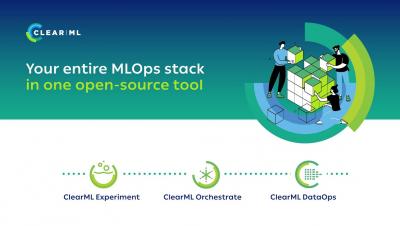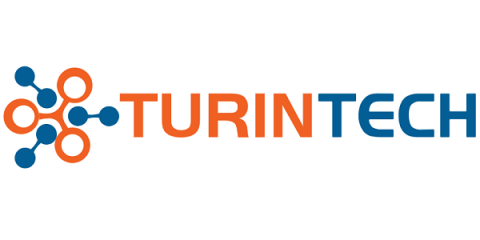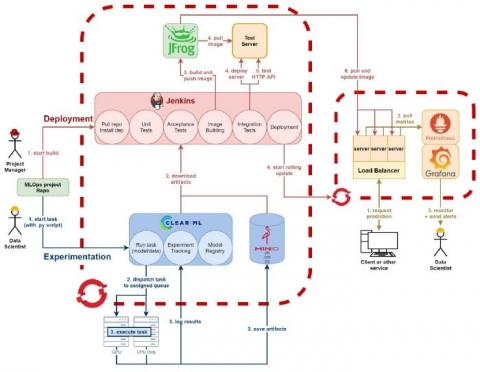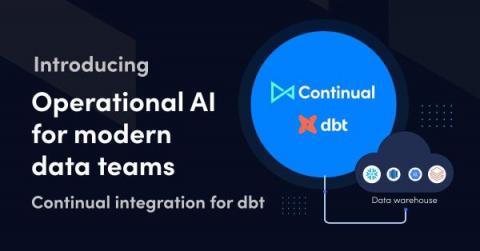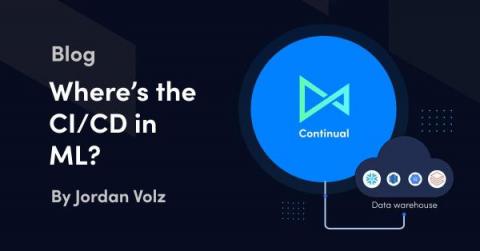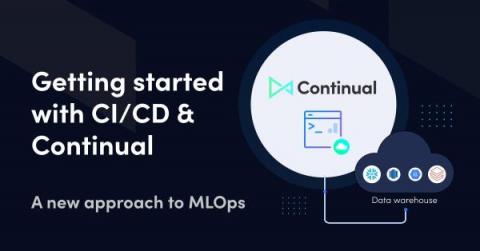Systems | Development | Analytics | API | Testing
AI
ForePaas - A Unified AI Platform built on Snowflake
TurinTech's evoML reduces AI's carbon emissions by 50% with multi-objective optimisation
Building an MLOps infrastructure on OpenShift
Most data science projects don’t pass the PoC phase and hence never generate any business value. In 2019, Gartner estimated that “through 2022, only 20% of analytic insights will deliver business outcomes”. One of the main reasons for this is undoubtedly that data scientists often lack a clear vision of how to deploy their solutions into production, how to integrate them with existing systems and workflows and how to operate and maintain them.
Continual Launches With $4 Million in Seed to Bring AI to the Modern Data Stack
Announcing Our $4M Seed and Continual Public Beta
Today we’re excited to announce the public beta launch of Continual, the first operational AI platform built specifically for modern data teams and the modern data stack. We’re also announcing our $4M Series Seed, led by Amplify Partners, and joined by Illuminate Ventures, Wayfinder, DCF, and Essence, as well as new partnerships with Snowflake and dbt Labs.
Introducing Continual Integration for dbt
Today we’re pleased to announce Continual Integration for dbt. We believe this is a radical simplification of the machine learning (ML) process for users of dbt and presents a well-defined path that bridges the gap between data analytics and data science. Read on to learn more about this integration and how you can get started.
AI and ML: No Longer the Stuff of Science Fiction
Artificial Intelligence (AI) has revolutionized how various industries operate in recent years. But with growing demands, there’s a more nuanced need for enterprise-scale machine learning solutions and better data management systems. The 2021 Data Impact Awards aim to honor organizations who have shown exemplary work in this area.
Where's the CI/CD in ML?
It’s easy to take continuous integration (CI) and continuous delivery/deployment (CD) for granted these days, but these have been transformational concepts that have drastically changed the face of software development over the past thirty years.
Getting Started with CI/CD and Continual
While CI/CD is synonymous with modern software development best practices, today’s machine learning (ML) practitioners still lack similar tools and workflows for operating the ML development lifecycle on a level on par with software engineers. For background, follow a brief history of transformational CI/CD concepts and how they’re missing from today’s ML development lifecycle.


